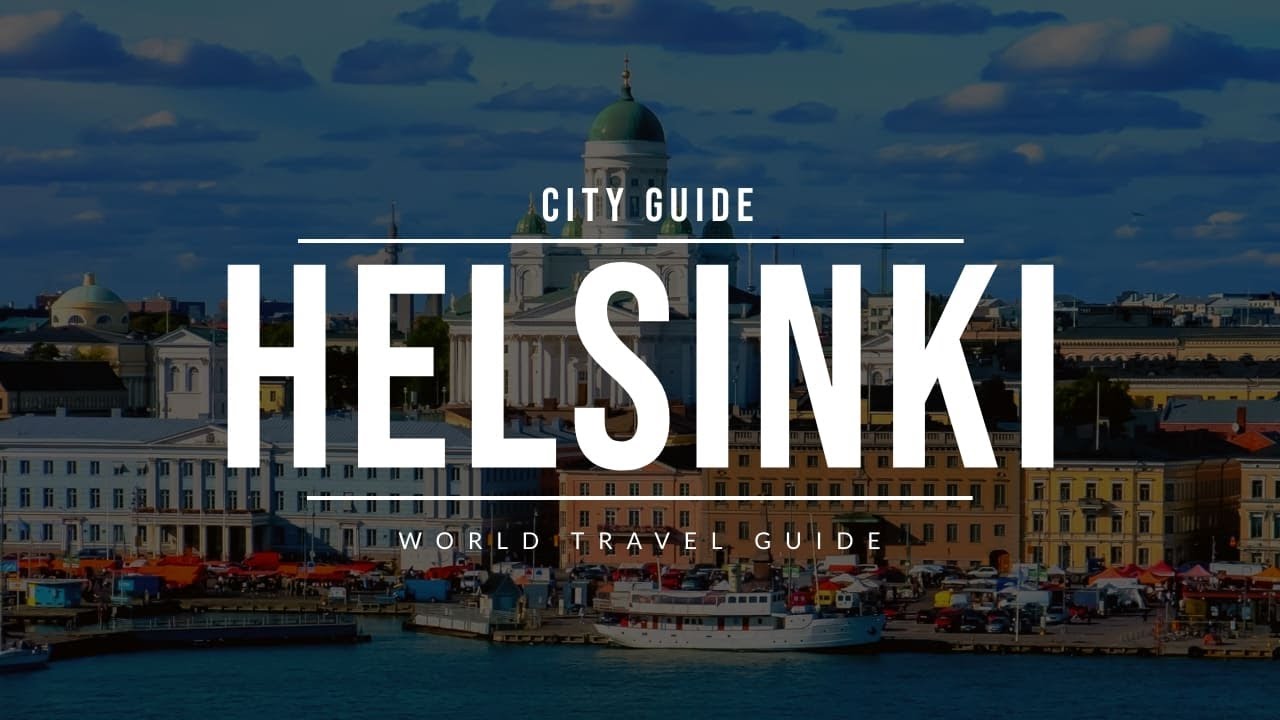The Top 8 Wonders of the World: A Journey Through Time and Culture
Across the globe, scattered across continents and spanning millennia, stand the Wonders of the World – testaments to human ingenuity, cultural heritage, and the enduring power of dreams.
These awe-inspiring creations, both ancient and modern, serve as beacons of human accomplishment, drawing travelers from all corners of the earth to witness their grandeur.
1. The Great Wall of China: Stretching for over 13,000 miles, the Great Wall of China stands as a symbol of resilience and human determination.
Constructed over centuries to protect the Chinese Empire from invaders, this serpentine structure winds through rugged mountains and verdant valleys, a testament to the power of human endeavor.
2. The Taj Mahal: In the heart of India, the Taj Mahal rises like a jewel from the banks of the Yamuna River.
This white marble mausoleum, commissioned by Mughal emperor Shah Jahan in memory of his third wife Mumtaz Mahal, is an epitome of Islamic architecture, its intricate inlay work and delicate calligraphy leaving visitors in awe.
3. Chichen Itza: Amidst the lush jungles of Mexico’s Yucatán Peninsula, the ancient Mayan city of Chichen Itza stands as a testament to a once-great civilization.
Dominated by the towering El Castillo pyramid, a complex astronomical calendar, and the sacred ball court, Chichen Itza offers a glimpse into the mysteries and grandeur of the Mayan world.
4. Machu Picchu: High in the Peruvian Andes, Machu Picchu, the “Lost City of the Incas,” remains shrouded in an air of mystery.
This 15th-century citadel, abandoned by its inhabitants centuries ago, is now a UNESCO World Heritage Site, its stone structures and breathtaking mountain views captivating visitors from around the world.
5. Christ the Redeemer: Atop the Corcovado Mountain in Rio de Janeiro, Brazil, Christ the Redeemer’s outstretched arms embrace the city below.
This iconic statue, standing over 98 feet tall, is a symbol of Christianity and a beloved landmark for Brazilians and visitors alike.
6. The Colosseum: In the heart of Rome, the Colosseum stands as an enduring symbol of the Roman Empire.
This ancient amphitheater, once the site of gladiatorial contests and public spectacles, is now a UNESCO World Heritage Site, its grandeur and historical significance drawing visitors from all corners of the globe.
7. Petra: Carved into the sandstone cliffs of Jordan, Petra, the ancient Nabataean capital, is a city of breathtaking beauty.
Treasury, a towering façade carved into the rock face, is Petra’s most iconic landmark, but the city’s labyrinthine streets, intricate temples, and royal tombs offer a glimpse into a remarkable civilization.
8. Angkor Wat: In Cambodia’s Siem Reap province, Angkor Wat stands as the largest religious monument in the world.
This sprawling temple complex, dedicated to the Hindu god Vishnu, is a masterpiece of Khmer architecture, its intricate carvings, towering spires, and vast moats leaving visitors speechless.
These eight Wonders of the World represent just a fraction of humanity’s remarkable achievements.
From the ancient marvels of the Great Wall and Chichen Itza to the modern masterpiece of Christ the Redeemer, these structures inspire awe and serve as reminders of our shared human heritage.
As we travel the world, let us continue to marvel at these wonders, and strive to create new ones that will inspire generations to come.









